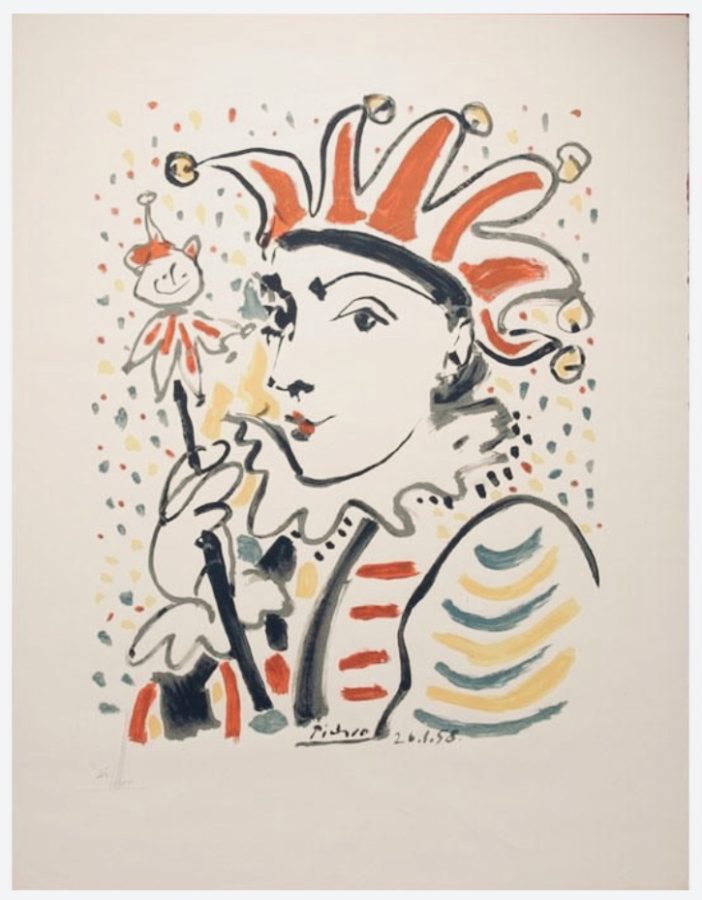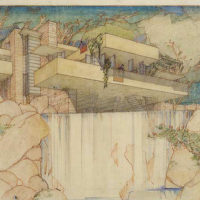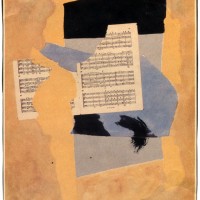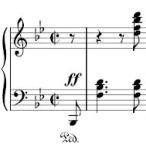After a prospective student played Maurice Ravel's "Alborada del gracioso," I asked the not-so-simple question: "What's the melody? Ravel: "Alborada del gracioso," (1905) from Miroirs The student did not have a ready answer; after a moment suggesting the opening melody might be the music played by the pianist's left hand: It seems to me that "Alborada" utilizes the technique (seen in Franz Liszt's piano music) of dividing a musical line between … [Read more...]
Dispatched
Dispatched from the Audition Room (mit Bolzano auch dabei) After the third day of piano auditions at New England Conservatory, I attended an evening recital given at the school by one of my piano faculty colleagues. Backstage, he said that while he was playing he imagined my stern voice from the audition room. Making a fairly unpleasant face, he told me, "You know when you say, 'Mmmmm, not really good...'" The cold fact is that from about … [Read more...]
Conflict of Interest
The character of a piece of music is strongly influenced (or sometimes distorted) by the technique necessary to play it. The physical motions of fingers and arm will color the music being made. There is always an interaction between a musical idea (perhaps written) and the movements of a human body that are necessary to realize the idea in sound. Delicate or fragile music that requires advanced virtuosity is especially challenging. As is any … [Read more...]
Misprision
In performing Billy Strayhorn's "Lush Life," some singers deliver the subtle, and possibly difficult to pronounce word combination "distingué traces" as "distant gay traces." A British lawyer or Harold Bloom might call this a "misprision." We may willfully twist a text to achieve a particular meaning. Or perhaps we are always getting it wrong. Bloom writes definitively: "Every poem is the misreading of a parent poem... There are no … [Read more...]
Voice Mis-Leading
Some solo piano music has part-writing that seems to correspond directly to music for string quartet. In such keyboard music, there are a constant number of "voices" tracing coherent individual lines. Beethoven: Opus 110 These voice-parts have integrity. We can follow tenor or bass, alto or soprano (viola or cello, second violin or first violin). This is a modern practice in keyboard music, I believe. The earliest keyboard pieces -- … [Read more...]
One Hand
From the school's library I checked out again the copy of Messiaen's Le merle noir (The Blackbird) that I used last fall when I played the piece with Paula Robison. Since then, many markings were made in the piano part. I don't mark anything in the scores I use, but when I opened the music again there were all the things pianists write: dark circles drawn around printed dynamic markings, fingering, penciled-in lines showing correspondences … [Read more...]
All feet
The patterns of stress inform everything. More, less. Less, more. Our languages (our speech) inform our music, our thought, our designs, and concepts -- our emotions? I am -- iamb! In Western European music, the falling inflection predominates, strong, then weak. That's the two-part poetic foot, the "trochee." "Iambs" (weak - strong) are rarer in music and (?) in French, German, Italian (so rare as to need a marking -- città). In these languages, … [Read more...]







